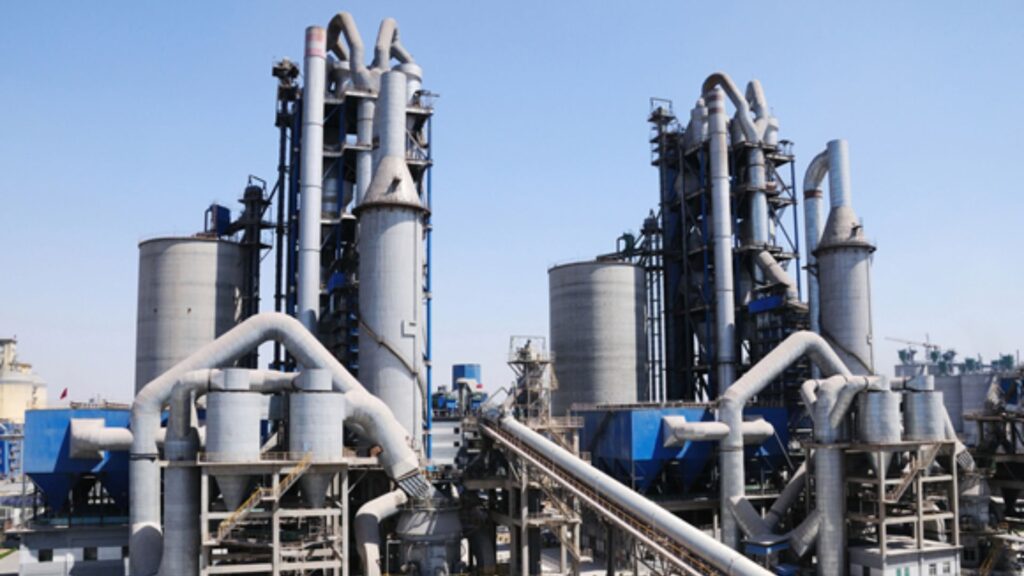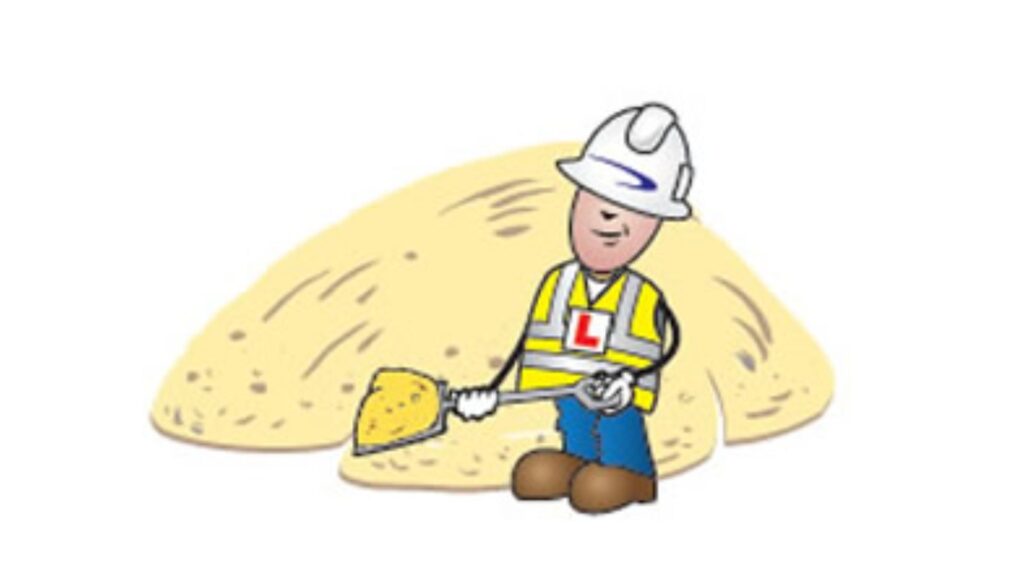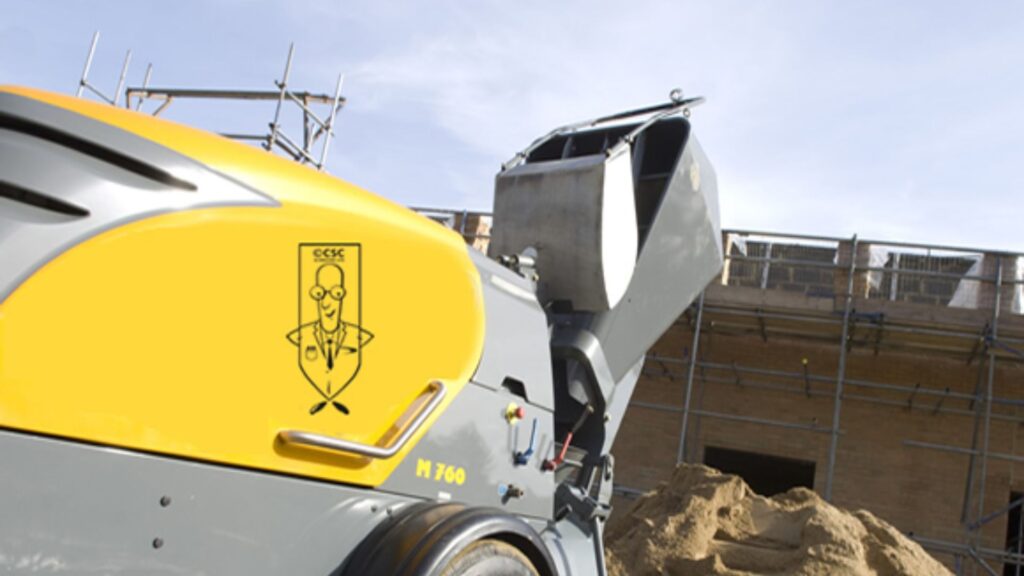Our 5 Most Popular Pages This Month

The Screed Scientist website is great for expanding your screeding knowledge. And this month nearly 6000 visitors used it to help them with their projects. Some of our most popular articles have been related to Underfloor heating with many of our readers looking for detailed information on how to make sure that their underfloor heating […]
Portland Cement : A Brief History

History and Development of Portland Cement Portland cement, arguably one of mankind’s most important manufactured materials, was invented and patented by Joseph Aspdin from Leeds in 1824. Aspdin produced cement by heating powdered limestone mixed with clay in a furnace, and grinding the resulting clinker to a powder. He called the product “Portland Cement” because […]
The Difference between Concrete and Screed

Concrete and screed and are essentially formed of the same basic ingredients – cement, aggregates and water. But what makes them different is- the size of aggregates, the cement grade, mix consistency, and of course their intended application or use. Composition and Mix Proportion Concrete in its simplest form is a rock like mass formed […]
The Pros and Cons of Manufactured Sand

Before we get into the advantages and disadvantages of manufactured sand, what exactly is manufactured sand? Manufactured sand is sand produced by crushing rocks, quarry stones or larger aggregates pieces into sand-sized particles. Natural sand, on the other hand is the naturally formed sand extracted from river beds. The Manufacturing Process Rocks or quarry stones […]
The Different Aggregate Options

Aggregates are inert, granular materials which form a major component of screed and concrete mixes. With urban expansion and environmental constraints putting a strain on the naturally occurring aggregate sources such as sand, gravel and crushed rock, the construction industry is now widely exploring other sustainable and economically viable resources, to meet their ever-growing demand […]

